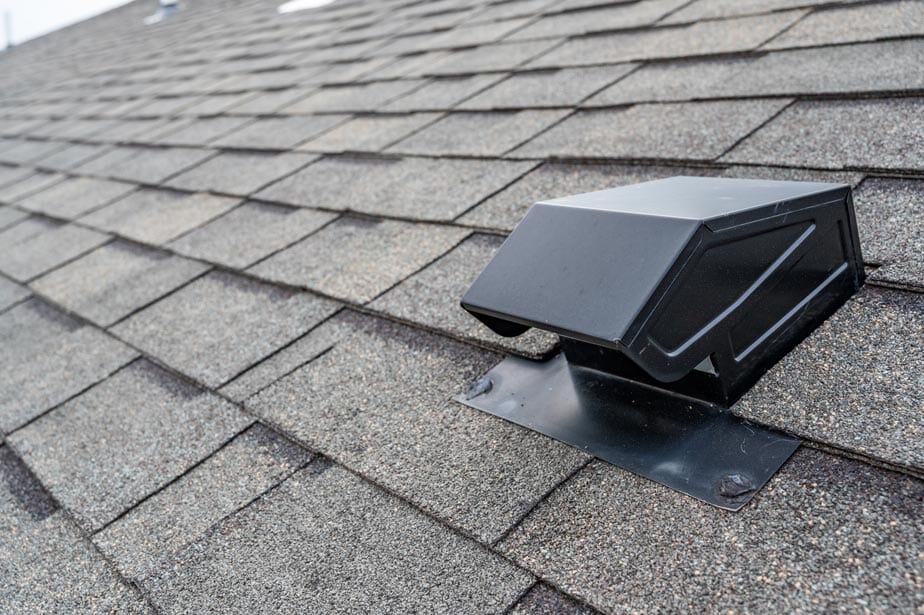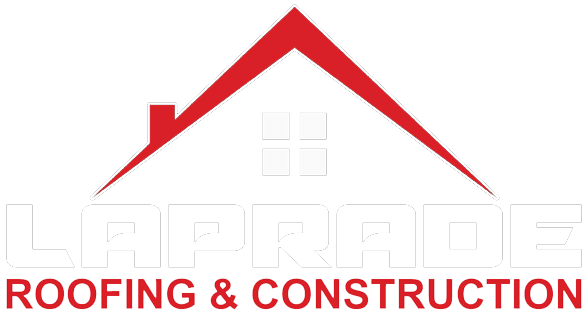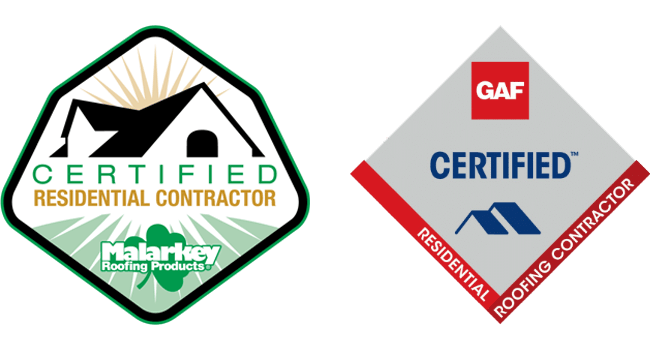
When it comes to maintaining your home, your roof is one of the most critical elements to keep in good shape. But there’s one aspect of roofing that often gets overlooked—ventilation. Roof ventilation might not be the first thing you think of when caring for your home, but it’s incredibly important for the overall health of your roof and your home. Let’s break it down!
Why is Roof Ventilation Important?
Proper ventilation in your roof allows air to flow freely in and out of your attic or crawl space. This airflow helps regulate temperature and moisture levels inside your home. Without good ventilation, several problems can occur:
-
Heat buildup in summer: In hot months, an unventilated attic can trap heat, causing your home to become hotter and forcing your air conditioner to work overtime. This not only drives up energy costs but can also lead to premature roof aging.
-
Moisture buildup in winter: In colder months, warm air from inside your home can rise into the attic, where it meets the cold roof. This can lead to condensation, which can cause mold, mildew, and even damage to the wooden structure of your roof.
-
Ice dams: In winter, poor ventilation can cause the roof’s surface to warm up unevenly, leading to the formation of ice dams. These ice dams can trap water under your shingles, potentially causing leaks and damage.
The Benefits of Proper Roof Ventilation
-
Extend the life of your roof: Proper ventilation helps prevent heat and moisture buildup, which can cause shingles to deteriorate and wood to warp. By ensuring good ventilation, you’re helping to extend the life of your roof.
-
Energy efficiency: A well-ventilated roof allows your home to stay cooler in summer and prevents heat loss in winter. This means your HVAC system won’t have to work as hard, saving you money on your energy bills.
-
Prevent costly repairs: By keeping moisture levels in check, good ventilation can prevent costly problems like mold growth, rot, and ice dam damage.
How Do You Know if Your Roof is Properly Ventilated?
Not sure if your roof has the right ventilation? Here are a few signs to look out for:
-
Unusually high energy bills: If your attic is trapping heat, your cooling and heating systems may be working overtime, resulting in higher bills.
-
Hot or stuffy attic: During summer, if your attic feels like a sauna, it’s a sign that air isn’t flowing as it should be.
-
Mold or mildew: If you see mold or mildew in your attic, it’s a sign that moisture is building up, and your roof may not have proper ventilation.
-
Ice dams in winter: These are a telltale sign of poor ventilation and can cause major damage if not addressed.
How LaPrade Roofing Can Help
At LaPrade Roofing & Construction, we know that roof ventilation is key to protecting your home. Whether you need a roof inspection, repairs, or advice on improving ventilation, our team is here to help. We’ve been working on homes in the Black Hills region for over 30 years, and we understand how local weather affects roofs.
If you’re unsure about your roof’s ventilation, give us a call today. We’ll take a look and recommend the best solutions to keep your home safe, energy-efficient, and protected for years to come.

